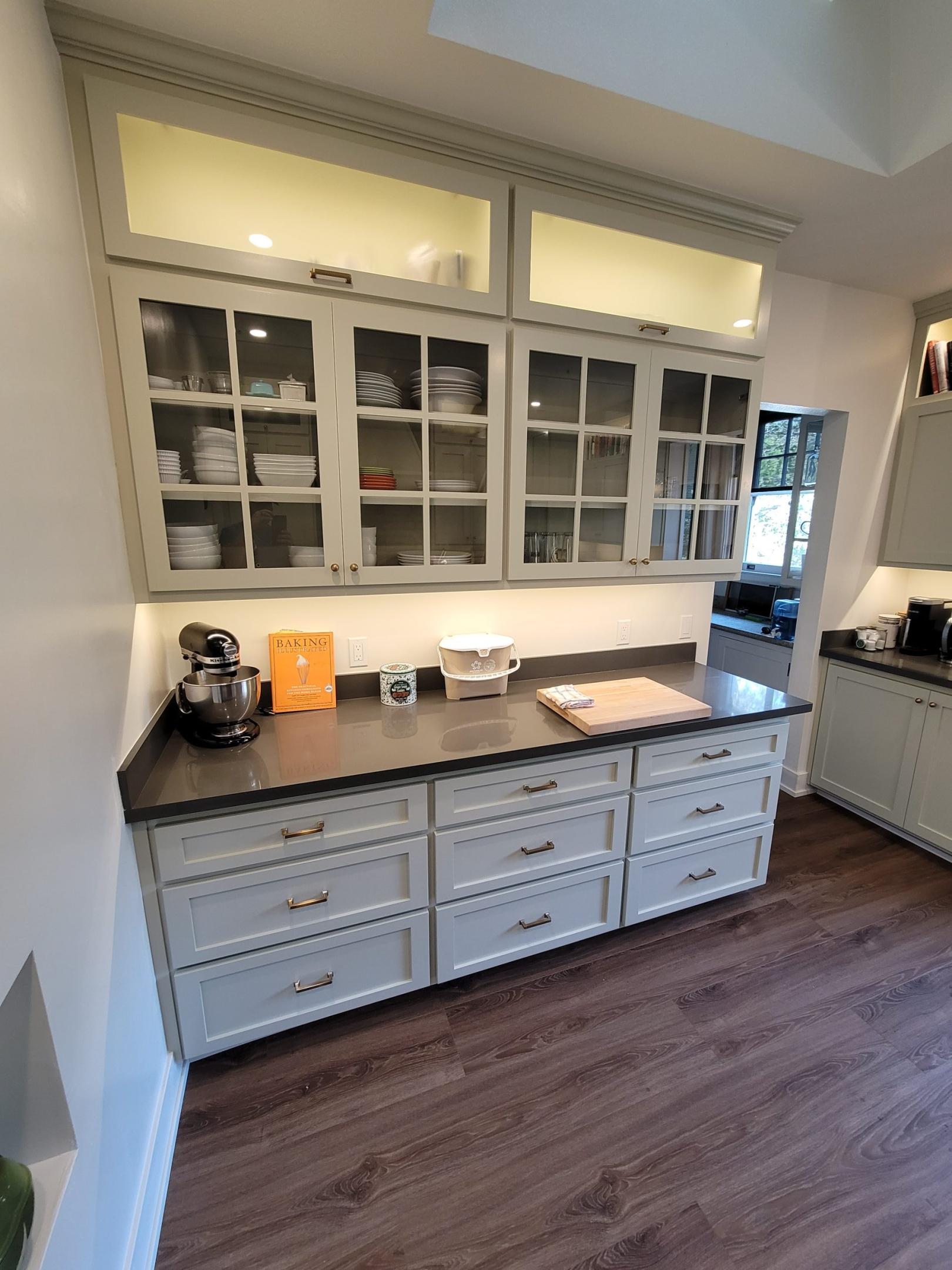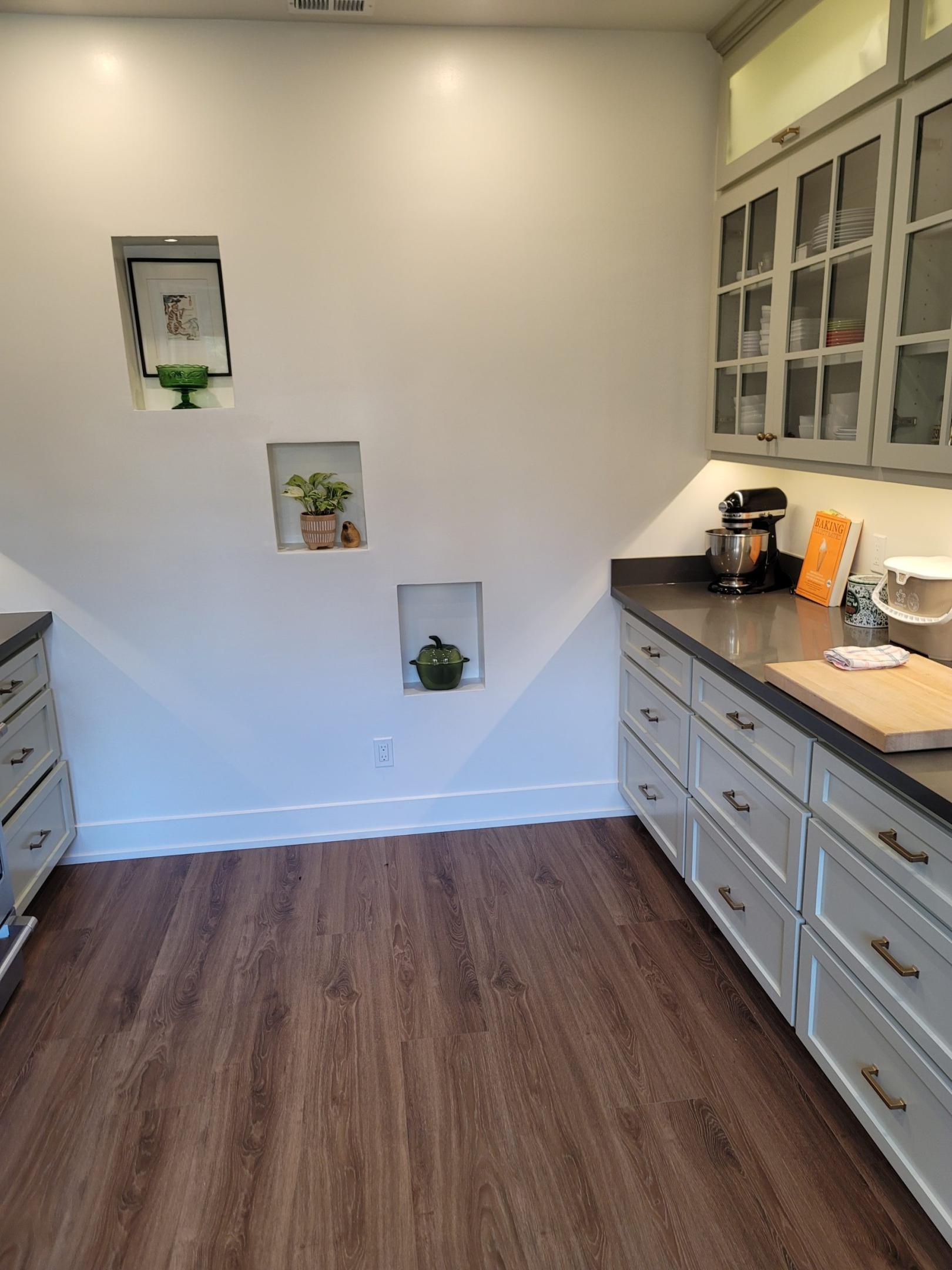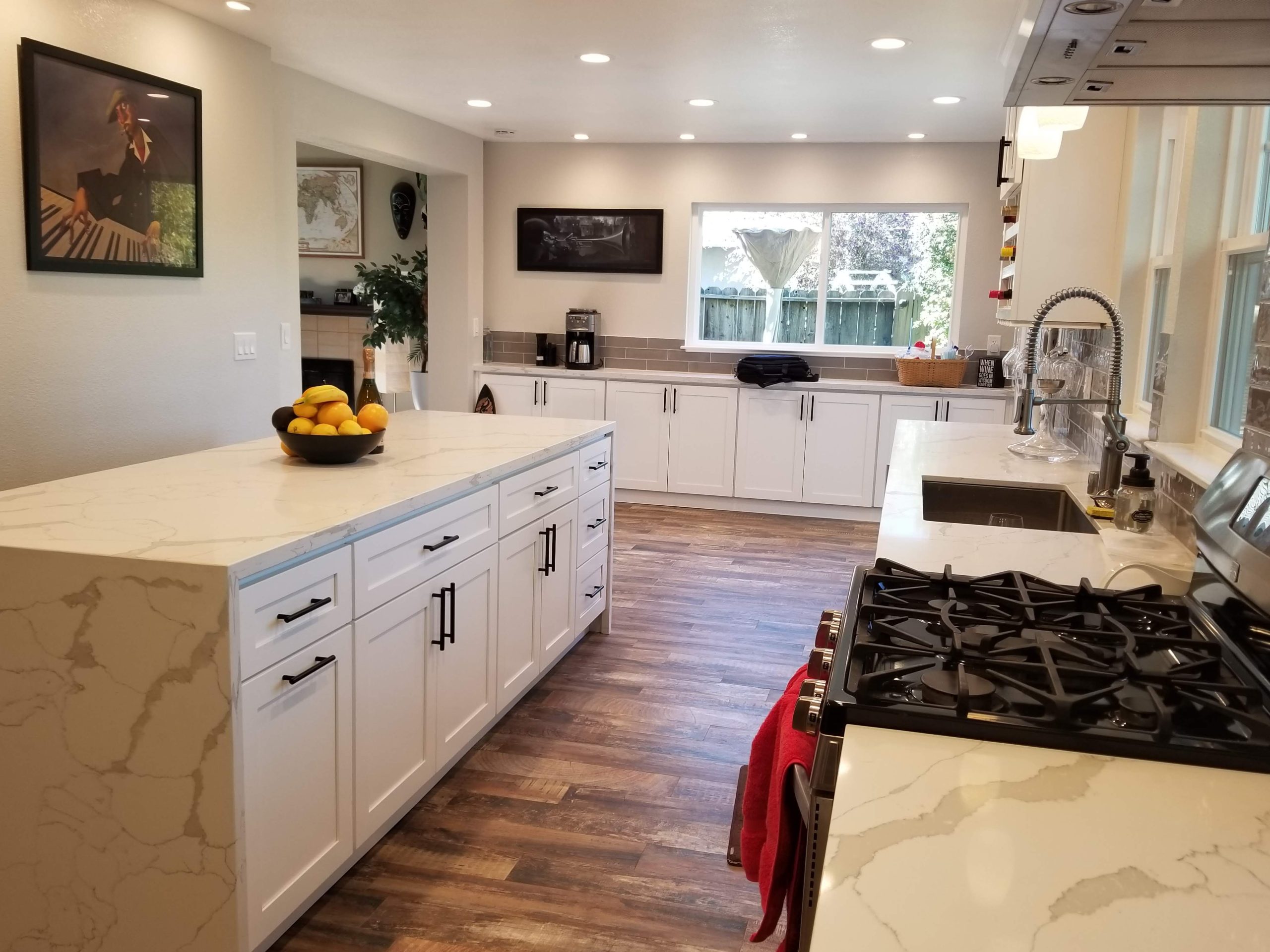In the intricate tapestry of home design, the kitchen stands as a vibrant centerpiece—a place where culinary creativity intertwines with daily life. Beyond its functional role as a space for meal preparation, the kitchen serves as a gathering hub, a sanctuary for shared moments, and a reflection of personal style. In this exploration of kitchen design, we delve into the multifaceted elements that contribute to creating a culinary haven within your home. 
1. Functionality: Efficiency is the cornerstone of an exceptional kitchen design. A well-designed layout optimizes workflow, ensuring that every culinary task flows seamlessly from preparation to presentation. From the strategic placement of appliances to the organization of storage solutions, functionality reigns supreme. Ample counter space facilitates meal preparation, while thoughtful considerations such as proximity between the sink, stove, and refrigerator enhance efficiency.

2.Aesthetic Harmony: While functionality lays the groundwork, aesthetic appeal adds depth and character to the kitchen space. Design styles vary widely, from sleek and modern to cozy and rustic, allowing homeowners to infuse their personality into every detail. Considerations such as color palettes, materials, and textures converge to create a harmonious visual experience. Whether embracing the timeless elegance of marble countertops or the warmth of natural wood cabinetry, each element contributes to the overall aesthetic narrative.

3. Quality Craftsmanship: Investing in quality materials and craftsmanship ensures longevity and enduring beauty in your kitchen design. From sturdy cabinetry to durable countertops, every component should withstand the rigors of daily use while retaining its aesthetic appeal. Solid wood construction, premium hardware, and precision engineering underscore a commitment to excellence, elevating the kitchen from mere functionality to a work of art.

4. Innovative Technology: The integration of smart technology has revolutionized the modern kitchen, offering convenience, efficiency, and connectivity like never before. From intuitive touchscreen interfaces to voice-activated assistants, these innovations streamline tasks and enhance the cooking experience. Imagine adjusting oven temperatures remotely, receiving notifications when groceries are running low, or accessing recipes with a simple voice command—technology seamlessly integrates into the culinary landscape, enhancing both functionality and enjoyment.

5. Personal Expression: Above all, the kitchen should reflect the unique personality and lifestyle of its inhabitants. Personal touches, whether through decor, artwork, or cherished heirlooms, infuse the space with warmth and character. Beyond aesthetics, personalization extends to functionality, with custom features tailored to individual preferences and habits. Whether creating a cozy breakfast nook for intimate gatherings or incorporating innovative storage solutions to accommodate specific needs, the kitchen becomes a canvas for self-expression and creativity.

Conclusion: In the art of kitchen design, every element plays a crucial role in shaping the culinary haven that is the heart of the home. From functionality and aesthetic appeal to quality craftsmanship, innovative technology, and personal expression, each component contributes to a harmonious and immersive experience. As you embark on your kitchen design journey, let these principles guide you in creating a space that not only fulfills practical needs but also inspires and delights—a true testament to the joy of cooking and the art of living.




